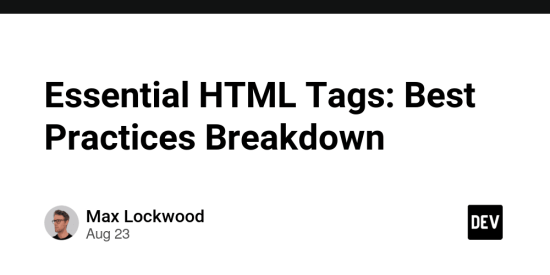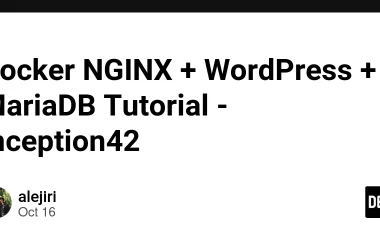Essential HTML Tags: Best Practices Breakdown
Introduction
If you’re just starting out in the exciting world of frontend development, you’re in for a treat.
Knowing your way around HTML is like having a hidden key to creating attractive websites in this digital age.
Whether you want to impress potential employers or simply want to build your own personal web space, learning these important HTML tags can set you up for success.
So, let’s dive in!
Setting the Stage: HTML at a Glance
So, what exactly is this HTML thing that everyone is talking about?
Consider it the skeleton of your web pages, the structure that allows your content to come to life. HTML, which stands for Hypertext Markup Language, may sound a little complicated, but trust me when I say it’s your ticket to making web magic.
Headings: Your Content’s Blueprint
Let’s start with the headings. These are the blueprints for your content.
These tags provide structure and hierarchy to your content, ranging from the prominent H1 (the main heading) to the less visible H6 (you guessed it, the smallest heading).
Not only do they make your page appear nice, but they also help search engines find your site.
Example:
Welcome to My Awesome Website
Paragraphs: Words Matter, Style Matters More
Following that, we have paragraphs. This is a widely used tag and believe me when I say that appropriately employing the
tag is critical for retaining readability.
Nobody likes a wall of text, do they? Whether you’re writing a blog post or an about me page, use
tags to make your information easier to read.
Example:
Are you ready to dive into the exciting world of web development? Whether you're a complete beginner or already have some coding experience, learning HTML is the first step towards creating stunning websites.
Links: Connect the Dots
Consider online pages without links – a maze of isolation, right? That’s when the tag comes in handy!
You may construct hyperlinks that take your visitors to other pages, websites, or even cat videos with just a few lines of code. For an accessible touch, add descriptive text within the element using the href attribute.
Example:
href="https://www.example.com">Visit Example Website
Images: Eye Candy for Your Site
Let’s move on to the visuals! The
But wait, there’s more: the alt attribute is your way of describing the image to people who can’t see it. Plus, search engines adore alt text, so it’s a win-win situation.
Example:
src="image.jpg" alt="A beautiful sunset over the ocean">
Lists: Lists Make Life Easier
Lists aren’t the most glamorous aspect of web design, but boy, are they useful!
The
- and
tags (unordered and ordered lists, respectively) will be your new best friends, whether you’re assembling your favourite coding resources or describing the steps of a recipe. And what about those
tags? They’re like VIP passes to every thing on your list.
Example:
HTML
CSS
JavaScript
React
Angular
Vue
Forms: Let’s Get Interactive
Forms, the interactive web development playground. From contact forms to login pages, the




